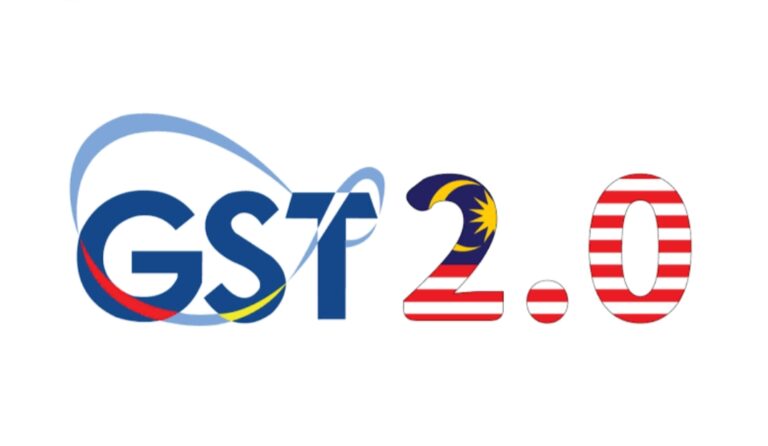In a significant move towards tax reform, Finance Minister Nirmala Sitharaman is scheduled to meet representatives from India Inc on May 27 to deliberate on the upcoming GST 2.0 reforms. The high-level meeting aims to accelerate efforts to streamline the Goods and Services Tax (GST) regime and improve the ease of doing business in India.
Industry Leaders to Present Key GST Reform Recommendations
According to senior government sources, the meeting will feature presentations from leading industry bodies outlining their expectations and suggestions for the next phase of GST reform. The session will be attended by top officials, including secretaries from the Ministry of Finance, Ministry of Corporate Affairs, and Chief Economic Adviser V Anantha Nageswaran.
One official familiar with the matter stated, “FM is meeting with India Inc. There will be presentations on GST 2.0.” The discussions are expected to provide crucial feedback that will help shape the reform roadmap and build consensus with state governments.
GST 2.0: Towards a Simpler, More Rational Tax Structure
The Centre is targeting a comprehensive overhaul of the GST system under GST 2.0, with a primary focus on rationalising the existing four-tier tax structure—5%, 12%, 18%, and 28%. A major proposal under consideration is the elimination of the 12% tax slab, streamlining the system into a three-rate structure: 5%, 18%, and 28%.
Officials believe this rationalisation will minimize tax-related litigation, improve compliance, and stimulate consumer spending. “Efforts are ongoing to rationalise the GST structure, and the government is committed to a simpler regime that drives economic growth while safeguarding revenue,” a government source confirmed.
Enhancing Consumption Through Indirect Tax Reform
Economists suggest that changes in indirect taxes, such as GST, have a more immediate impact on consumption than direct tax alterations. A simplified GST system is expected to positively influence consumer behavior, enhancing overall demand and contributing to GDP growth.
Clarifying Classification of Food Items to Reduce Disputes
A critical component of the GST 2.0 discussion will be the classification of goods, especially food items. Ambiguities in classification have been a major source of litigation and revenue leakage since the implementation of GST in July 2017.
“The government is prioritising classification issues due to their impact on revenue and compliance,” an official noted. Efforts are being made to establish uniform standards to reduce disputes and enhance predictability for businesses.
A Strategic Shift from Incremental to Structural Reform
Since its inception, GST has become the cornerstone of India’s indirect taxation framework. However, businesses and industry stakeholders have consistently raised concerns about the complex rate structure, classification challenges, and compliance costs.
Until now, the Group of Ministers (GoM) on GST Rate Rationalisation has made only incremental adjustments, such as reassigning items across different slabs. GST 2.0 aims to bring about structural reform to address these core issues in a more comprehensive and unified manner.
Conclusion
The Finance Minister’s meeting with India Inc marks a pivotal step in the government’s mission to simplify India’s GST regime. By incorporating feedback from the private sector and aligning with economic priorities, GST 2.0 is poised to enhance compliance, reduce litigation, and drive economic growth. As the reform agenda progresses, all eyes will be on how effectively consensus is built and how swiftly the new system is implemented.
